- Categories :
- More
Categories
- Home Page
- All About Kids
- Apartments & Rentals
- Automotive & Cars
- Best of The Woodlands
- Between The Trees
- Blogs
- Business Directory
- Business to Business
- Car Dealers Guide
- Church Guide
- Classifieds
- Commercial Real Estate
- Community Services
- Contests
- Dental Guide
- Education & Schools
- Electronics & Computers
- Email Lists
- Employment Guide
- Entertainment & Arts
- Events Calendar
- Family Life
- Food & Drink
- Government
- Health & Medical
- Home Décor
- Home Improvement
- Homes For Sale
- Hotels Guide
- Industry & Research
- Insurance
- Internet & WWW
- Jobs Market
- Legal Services Guide
- Log-In - Register
- Marketplace
- Media Kit - Advertising
- Money & Finance
- Music & Nightlife
- News
- Parks Guide
- Patio Dining
- Personal Care & Beauty
- Pets
- Photo Galleries
- Podcasts
- Private School Guide
- Professional Services
- Real Estate Directory
- Religion
- Relocation Guide
- Restaurant Guide
- Shopping Guide
- Specials & Coupons
- Sports
- Sports Directory
- Summer Camp Guide
- Travel
- Video Directory
- Visitors Guide
- Wedding Guide
- Yard & Garden
- Blogs /
- Home & Garden /
- Southeast Texas Trees LLC /
- A History Lesson from Southeast Texas Trees: The Grogan-Cochran Lumber Company: From Pines to Planning.
A History Lesson from Southeast Texas Trees: The Grogan-Cochran Lumber Company: From Pines to Planning.
By:
 Southeast Texas Trees LLC
| Published 08/28/2025
Southeast Texas Trees LLC
| Published 08/28/2025
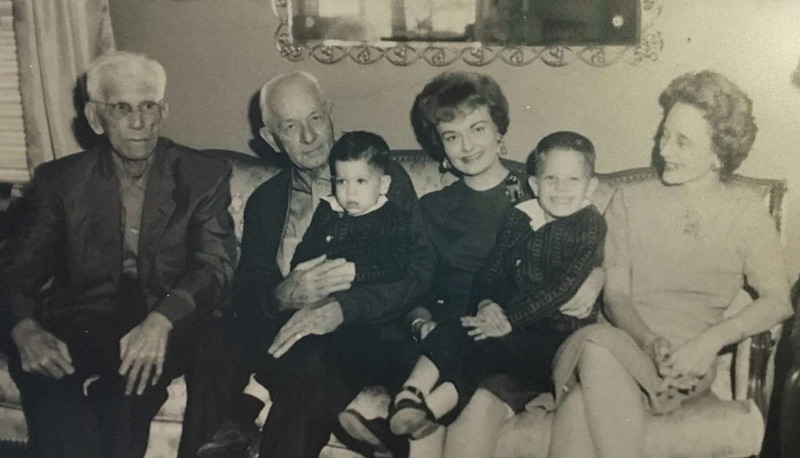
History Lesson from Southeast Texas Trees
The Grogan-Cochran Lumber Company: From Pines to Planning
Long before The Woodlands bloomed into the flourishing master-planned community it is today, the land buzzed with the rhythms of the sawmill. Founded in 1917 by pioneering brothers George and Will Grogan at Grand Lake Switch, Texas, the Grogan-Cochran Lumber Company became a dominant force in Montgomery County’s timber industry. By 1927, it had grown to operate around 25 sawmills and employed hundreds of workers, making it one of the county’s largest lumber companies.
By establishing sawmill towns complete with housing, stores, schools, and churches, the company laid the foundation for tight-knit communities that thrived alongside its operations. Remarkably, Grogan-Cochran avoided the common practice of clear-cutting — a sustainable choice that allowed young trees to flourish. Today, those trees help define the verdant landscape of The Woodlands.
In 1927, the company merged with Lone Star Lumber Company in Magnolia, marking a shift in operations. The Grogan-Cochran operations continued until 1960, when milling ceased, ushering in a new era for the land.
The Land Becomes a Legacy
Visionary developer George P. Mitchell acquired nearly 50,000 acres from the Grogan-Cochran company in 1964, paying about $125 per acre. His initial intent was investment, yet his ecological sensibility and exposure to HUD-funded community models inspired something greater: a master-planned community in harmony with nature. Mitchell began assembling the larger footprint of what would become The Woodlands using both this land and additional parcels acquired over the following decade.
In 1972, development officially began on the first village — Grogan’s Mill — named in honor of the land’s lumber legacy. The village’s grand opening, marked by a ceremonial flag raising, unfolded in 1974, and included model homes, an Information Center, a conference center, and recreational amenities. The Woodlands Township grew with preserved open spaces, thoughtful roads, and planning that kept trees at its core.
A Living Museum Preserves the Past
The Grogan-Cochran House, built in 1924 by James G. Grogan Sr., originally stood in downtown Conroe. Later, the house passed through family hands and hosted generations of Cochran family events. In 1985, Carolyn Walker — a descendant — donated the house to become the Heritage Museum of Montgomery County, where it was relocated and reopened as a museum in 1986. This heritage site now features galleries on local towns, events, and community life, and continues to preserve the region’s lumbering legacy.
Why It Matters to Southeast Texas Trees
At Southeast Texas Trees, we deeply respect the legacy of sustainable forestry that the Grogan-Cochran Lumber Company embodied. Their conscientious practices — like avoiding clear-cutting and fostering regrowth — laid a foundation for both ecological health and community development.
Their lasting imprint is visible in every tree that shades the streets of Grogan’s Mill, every park that honors the old mill ponds, and the very homes that stand amid once-densely forested sawmill plots. Their story reminds us that the most enduring legacies honor the land and the communities rooted in it. Southeast Texas Trees honors this rich history and remains committed to carrying forward the legacy of sustainable forestry — rooted in the past, alive in the present, and growing toward the future.
Sources
-
Founding in 1917; sawmills count; operations scale WikipediaCity LifestyleThe Courier of Montgomery County
-
Mill towns, sustainable practices City LifestyleCommunity Impact
-
Merger in 1927; operations until 1960 WikipediaCommunity Impact
-
1964 land sale to George Mitchell for ~$125/acre City LifestyleCommunity ImpactThe Courier of Montgomery County
-
Development of The Woodlands: Grogan’s Mill beginnings, design ethos Wikipedia+1Grogan's Mill Village AssociationThe Woodlands Relocation Guide
-
Grogan-Cochran House built in 1924; converted to Heritage Museum in 1985–86 The Courier of Montgomery County+1Wikipedia
Comments •

Southeast Texas Trees LLC Blogs: (10)

A History Lesson from Southeast Texas Trees: The Grogan-Cochran Lumber Company: From Pines to Planning.
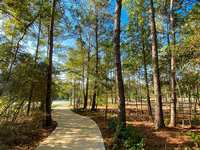
The Value of Native Trees in The Woodlands, TX — And How Southeast Texas Trees Helps Them Thrive
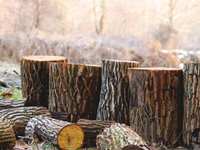
Tree Removal Services in The Woodlands, TX
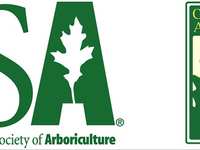
Why Hiring a Certified Arborist Matters in The Woodlands, TX.

Our Storm Season Sale Is Here!

Is Your Yard Ready for Storm Season? Tips from Southeast Texas Trees
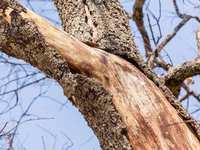
How Extreme Heat, Humidity, and Drought Stress Trees – And How Southeast Texas Trees Can Help
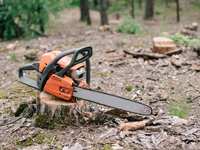
Average Tree Trimming Costs in Houston
Related Blogs: Home & Garden

Signs Your Walk-In Cooler Needs Repairs in Willis, TX

A History Lesson from Southeast Texas Trees: The Grogan-Cochran Lumber Company: From Pines to Planning.

Picture Hanging Done Right: Why You Should Call a Local Pro

Can You Put Styrofoam in the Microwave?

How Metal Stair Railing Enhances the Look and Safety of Staircases

Back-to-School Safety: How HALO Smart Sensors Help Protect Students and Staff

How Hard Water Affects Your Home, Health, and Wallet

5 Ways to Cut Commercial Cooling Costs
Article Categories
Recent Articles
Articles by Month of Posting
Sponsored Content
-
Menu Links :
- Blogs Home
- News
- Events
- Photos
- Videos
- Start Your Blog
